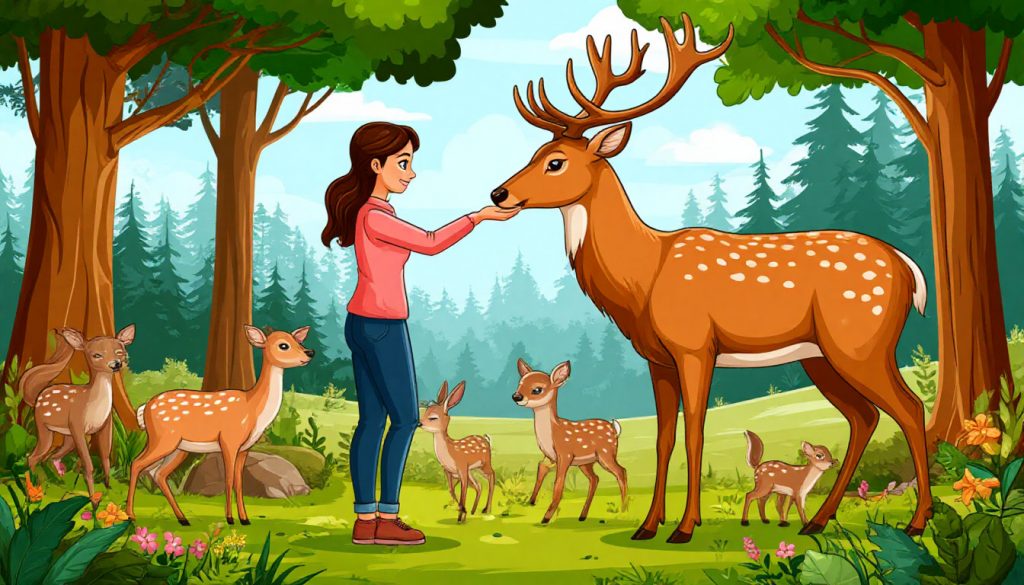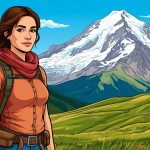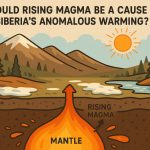Nature operates as a complex, interdependent system where all living and non-living components are intricately connected. From tiny microbes in the soil to massive whales in the ocean, every organism plays a role in maintaining the balance of life. This intricate network is often referred to as the web of life — a concept highlighting that when one part is affected, others are impacted too.
For example, the decline of bees not only affects flowers but also fruit trees, animals that eat those fruits, and eventually human food supplies.
Ecosystems: Nature’s Cooperative Systems
An ecosystem is a community of living organisms (plants, animals, fungi, microbes) interacting with their physical environment (soil, air, water). These components work together in cycles of energy and matter:
- Plants absorb sunlight and carbon dioxide to produce oxygen and food.
- Herbivores eat plants, carnivores eat herbivores, and decomposers break down dead matter into nutrients.
- These nutrients return to the soil and support new plant growth, continuing the cycle.
Even non-living elements like climate, sunlight, and water shape the behavior and survival of organisms.
Biodiversity and Balance
Biodiversity — the variety of life on Earth — is essential to the stability of ecosystems. Each species, no matter how small, has a role: predators control populations, pollinators enable plant reproduction, and fungi recycle nutrients.
When one species disappears or is introduced artificially, it can disturb the entire system. This is why invasive species and habitat destruction often lead to ecological collapse.
Human Impact and Interdependence
Humans are part of this natural network, not separate from it. Our activities — deforestation, pollution, overfishing, and greenhouse gas emissions — can unravel the natural balance. For instance:
- Destroying forests affects rainfall patterns and contributes to climate change.
- Ocean plastic harms marine life and enters the food chain.
- Pesticides reduce insect populations, affecting bird and plant life.
At the same time, sustainable farming, conservation, and renewable energy help restore balance and protect natural connections.
Lessons from Nature’s Interconnectivity
Understanding the connections in nature teaches us:
- Everything we do has consequences beyond our immediate surroundings.
- Protecting one species often helps many others.
- Nature thrives through cooperation, diversity, and resilience — values that can guide human society as well.
Glossary
- Web of life — the complex network of interactions among all living and non-living things in nature.
- Ecosystem — a system of organisms interacting with each other and with their physical environment.
- Biodiversity — the variety of life in all its forms and levels, including species, genetics, and ecosystems.
- Decomposer — an organism (like fungi or bacteria) that breaks down dead material and recycles nutrients into the environment.
- Invasive species — non-native organisms that disrupt local ecosystems by outcompeting or harming native species.


